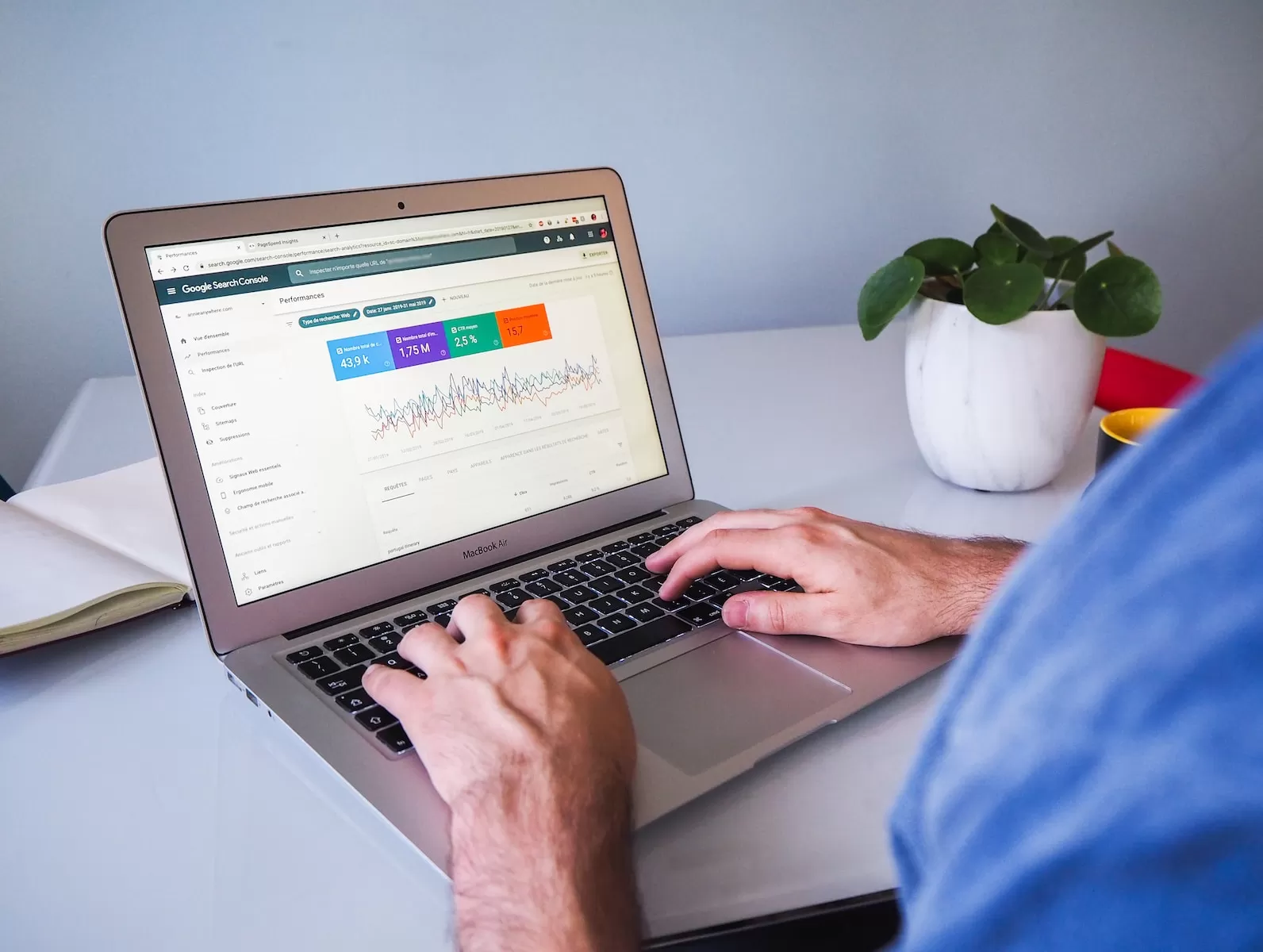Local SEO specialists and service providers are modern-day digital marketing artisans, helping businesses make a lasting impact in their communities. However, establishing a thriving local SEO service can be challenging.
With growing competition and the ever-evolving digital landscape, attracting clients and standing out can be a challenge. To conquer these obstacles, local SEO experts must craft a comprehensive strategy that includes market analysis, targeted marketing, local optimization, and KPI evaluation.
This write-up will outline how to develop an effective local SEO plan that helps service providers grow their client base. By the end, you’ll have a solid grasp of creating a comprehensive local SEO strategy to propel your business forward. So, let’s dive into local SEO marketing and learn how to build a robust plan that attracts clients and expands your digital presence.
Practical Techniques for Local SEO
Local SEO has rapidly emerged as an indispensable component for businesses striving to create a lasting impression within their community. By executing a robust local SEO strategy, enterprises can reap many advantages. Heightened visibility for local businesses ensures they remain foremost in the minds of potential clients, while an optimized online presence guarantees their appearance in relevant local searches.
For service providers to maximize the potential of local SEO, it’s crucial to employ practical and efficient tactics. Below are six suggestions that will enable your business to get clients for local SEO and aid in the enhancement of your local SEO initiatives:
1. Optimize Your Google My Business Profile
A well-optimized Google My Business (GMB) profile is critical to local SEO success. Ensure your profile is complete, accurate, and regularly updated with engaging content. Add high-quality images, hours of operation, and a detailed description highlighting your products and services.
Example: A local bakery might include photos of their pastries, a list of their daily specials, and mention any dietary restrictions they cater to in their GMB profile.
Best Tip: Respond to reviews, both positive and negative, in a timely and professional manner. Engage with your customers, thank them for their feedback, and address concerns.
2. Create Localized Content
This means creating content that caters to your target audience in a particular geographic location. Write blog posts on local events, partner with other local businesses for content collaborations, and create location-specific landing pages.
Example: A landscaping company might create blog posts about seasonal gardening tips specific to their region or feature local businesses that sell gardening supplies.
Best Tip: Use your localized content to showcase your expertise and connect with your audience on a personal level. Share stories about your business, employees, and customers to foster a sense of community and connection.
3. Focus on Local Keywords
Use tools like Google’s Keyword Planner to find the most relevant local keywords and incorporate them into your content to improve your chances of ranking in local search results.
Example: A fitness center in Austin might target keywords like “Austin gym,” “fitness classes in Austin,” or “personal trainers in Austin.”
Best Tip: Include local keywords in your website’s meta tags, headings, and image alt text. This helps search engines understand the context of your content and boosts your local SEO efforts.
4. Earn High-Quality Local Backlinks
High-quality local backlinks signal to search engines that your website is trustworthy and relevant to your community. Contact local bloggers, news outlets, and business associations to secure backlinks.
Example: A pet store might partner with a local animal shelter to promote adoption events, earning a backlink from the shelter’s website.
Best Tip: Focus on building relationships with other local businesses and organizations. Offer your expertise, collaborate on projects, or provide valuable resources to foster goodwill and earn backlinks.


5. Build Local Citations
Citations are online mentions of your business, including your name, address, and phone number. Building accurate and consistent citations across reputable platforms helps improve your online presence and credibility.
Example: A chiropractor might create citations on local health-focused directories and regional business listings.
Best Tip: Keep your citation information consistent across platforms. Inconsistencies can confuse search engines and potential clients, diminishing your local SEO efforts.
6. Encourage and Manage Online Reviews
Online reviews play a significant role in local SEO, impacting your online reputation and influencing potential clients’ decisions. Encourage satisfied customers to leave reviews on Google, Yelp, and other review platforms.
Example: A restaurant might offer a small discount or free dessert to customers who leave an honest review on a popular review platform.
Best Tip: Implement a review management system to efficiently monitor and respond to reviews. Designate a specific team member to monitor reviews and interact with customers, maintaining a uniform and proficient approach.
Evaluating the Effectiveness of Your Local SEO Marketing Strategy
In order to gauge the success of your local SEO plan, it’s crucial to examine key performance indicators (KPIs) like organic search traffic, local search rankings, and conversion rates.
Key Metrics to Monitor:
- Organic Search Traffic: Analyze the number of visitors coming to your website through search engine results. An increase in organic search traffic indicates an improvement in local SEO efforts.
- Local Search Rankings: Monitor your business’s position in local search results for relevant keywords. A higher ranking correlates with increased visibility, leading to more potential clients for local SEO.
- Conversion Rates: Evaluate the percentage of website visitors who complete desired actions, such as purchasing or signing up for your newsletter. Higher conversion rates signify that your local SEO strategy effectively engages and converts potential clients.
- Click-Through Rate (CTR): Track the ratio of users who click on your website’s link in search results compared to the total number of impressions. A higher CTR suggests that your website captures users’ attention and drives them to visit your site.
- Bounce Rate: Measure the percentage of visitors who leave your website after viewing only one page. A lower bounce rate indicates that your website provides valuable, engaging content that interests users.
Final Thoughts
A meticulously designed local SEO strategy is crucial for businesses aiming to prosper in their local market. Applying the practical suggestions and techniques outlined in this article can significantly enhance your online presence and captivate more local clientele.
However, keep in mind assessing the success of your local SEO strategy is equally important as implementing it. Therefore, monitor your KPIs and make modifications as necessary to ensure your business flourishes in the competitive local environment.





























